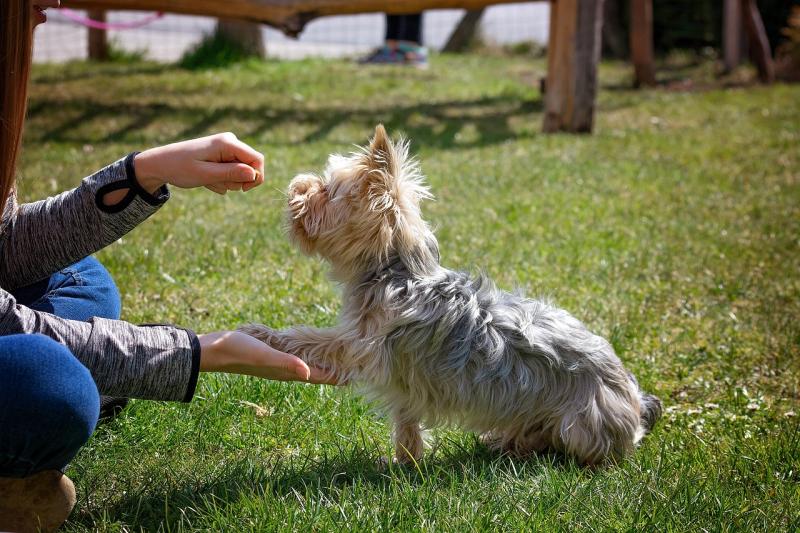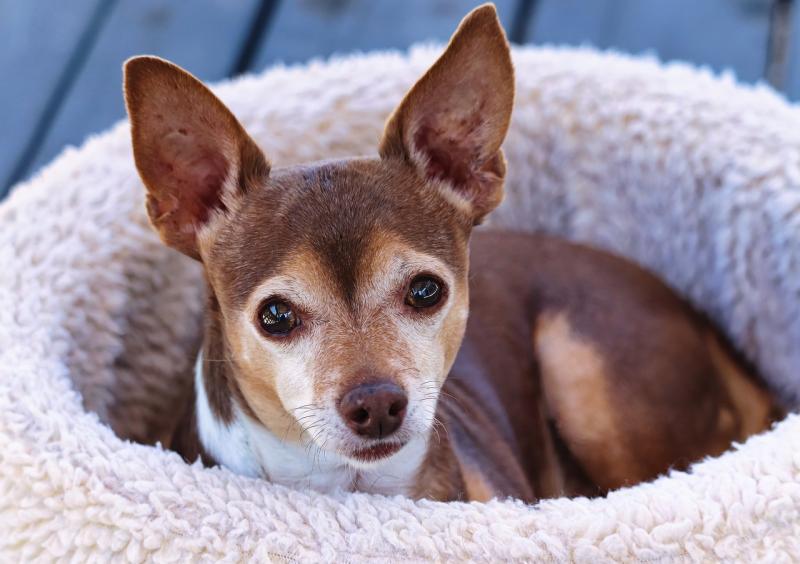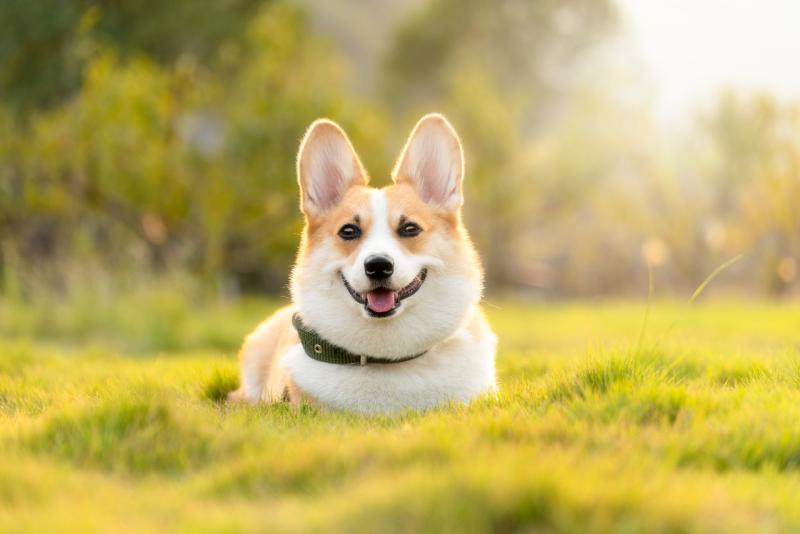Getting your dog to understand basic commands is key to a good relationship. It makes every day easier and helps create a more enjoyable environment for both of you. Plus, it’s a great way to bond! Here are some dog training tips to kick things off.
Start with simple commands like "sit," "stay," and "come." These are foundations for all other training. For example, “sit” is a must-have. It teaches your dog to be calm and gives you control in busy situations. To teach this command, hold a treat above your dog’s nose and slowly move it back. When your dog sits to reach the treat, praise them and give the reward.
Next up is “stay.” This can really come in handy during walks or when someone comes to the door. Once your dog sits, say “stay” and take a small step back. If they stay put, offer a treat. If they move, gently guide them back to the spot without scolding. Practice this one a few times, and you’ll see improvement!
Lastly, you can't forget “come.” This command can keep your dog safe and let them know you're ready for some fun. Start in a quiet space. Call your dog’s name followed by “come.” When they come to you, celebrate with treats and affection. The key is to make it a happy experience; you want them to associate “come” with good times.
These basic commands are the building blocks of your dog training tips. Keep practicing and be patient. Training takes time, but building this foundation will make a huge difference in how well your dog listens and interacts with you.
Consistency is Key to Success
When it comes to dog training, consistency is everything. Dogs thrive on routine, and being consistent helps them understand what you expect from them. If you always use the same commands and reinforce the same behaviors, your pup will catch on faster. Mix things up, and it can lead to confusion, which makes learning harder.
Praising your dog for good behavior is crucial, but it’s just as important to correct unwanted actions consistently. If your dog jumps up for attention one day and you let it slide, but then scold them the next time, they won’t know what’s right or wrong. Stick to your rules to make sure they understand what’s expected.
Timing is also part of that consistency. Praise or correct your dog immediately after the behavior happens. Waiting too long can make it unclear what you’re reacting to. For instance, if your dog sits on command, reward them right then; they’ll start to associate the action with the praise.
Consistency applies to everyone in the household too. If you have family members or roommates, make sure everyone uses the same commands and follows the same training rules. This helps your pup learn faster and feel secure in what’s allowed. These dog training tips can turn your furry friend into the well-behaved companion you’ve always wanted.
Positive Reinforcement Works Wonders
Positive reinforcement is a game changer when it comes to dog training. Instead of using harsh commands or corrections, focus on rewarding your pup for good behavior. This technique builds trust and makes learning fun for your furry friend. It’s like giving them a high-five every time they do something right!
Think about it: when your dog sits, stays, or comes when called, make sure to celebrate those moments. A tasty treat, a favorite toy, or lots of praise can make a world of difference. Your dog will quickly learn that good actions lead to great rewards. This approach not only encourages obedience but also strengthens your bond. You both get to enjoy the process!
Here’s a quick list of positive reinforcement tips:
Incorporating positive reinforcement into your training sessions can turn learning into a joy for both you and your pup. With these dog training tips, you’ll see how effective and fun training can be! Your canine companion will not only master commands but will also love spending time with you during the process.
Socialization Builds Confident Dogs
Socializing your dog is one of the best things you can do to help them grow into a confident, happy pup. Socialization means exposing your dog to different people, places, sounds, and situations. This helps them learn how to behave and react in various environments. The earlier you start, the better! Puppies are like sponges, soaking up everything around them, so it’s a great time to make friends with new sights and sounds.
Taking your dog on walks in busy areas, visiting pet-friendly parks, or enrolling them in puppy classes can be wonderful ways to introduce new experiences. Here are some ideas for socialization:
Remember, it’s important to keep these experiences positive. If your dog seems scared or overwhelmed, don’t push them too hard. Encourage them and let them set the pace. When they face new things in a safe way, they learn to trust themselves and you as their handler.
Using these dog training tips, you can raise a pup that is well-adjusted and ready for anything! Socialization contributes a lot to their overall happiness, and it can make your life easier as an owner too. A confident dog is usually well-behaved, making those trips to the vet or spending time at a friend’s house a breeze.


